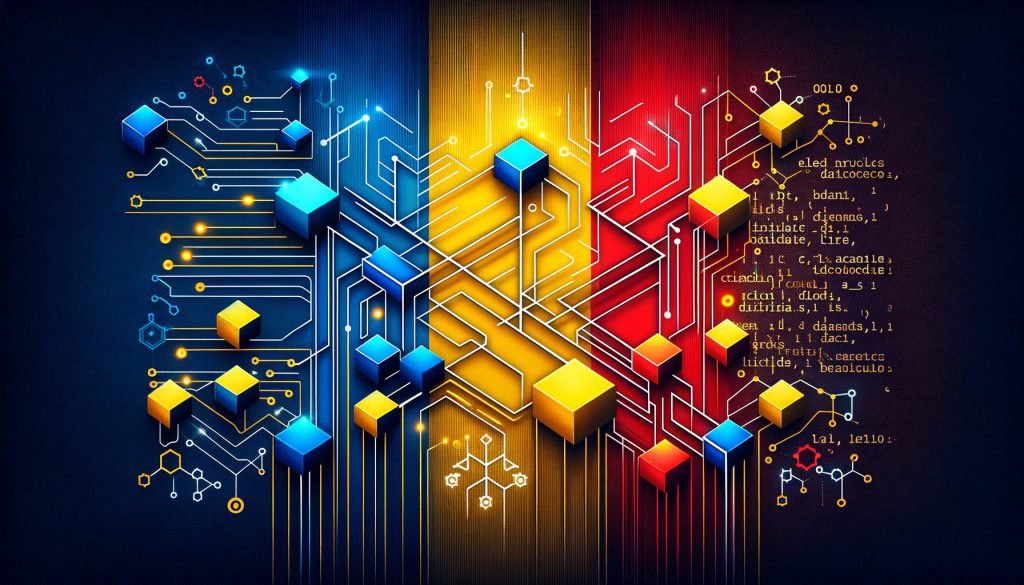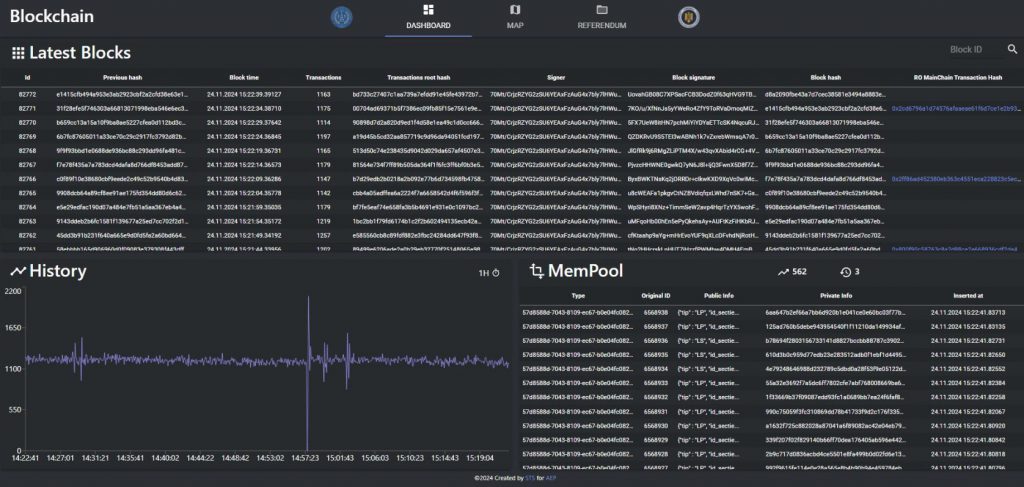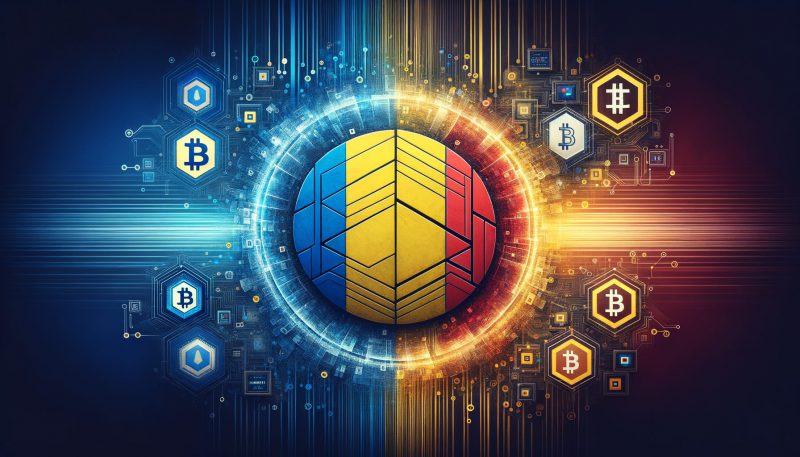Blockchain voting is now active in Romania’s presidential elections. On November 24, 2024, the Permanent Electoral Authority (ROAP) started using this technology to check and count votes. This system brings secure elections and presidential election transparency to a new level.
Also Read: Joe Rogan Eyes This Job If Elon Musk Buys MSNBC
How Blockchain Ensures Transparency, Security, and Trust in Elections


Real-Time Monitoring and Verification


The Romania blockchain system lets anyone watch vote counting on ROAP’s dashboard. Each vote gets verified through complex computer codes. The Special Telecommunication Service (STS) states:
“This modern technological implementation aims to strengthen the resilience of the Romanian electoral system, by ensuring traceability and increasing trust in data integrity.”
Also Read: VeChain (VET) Predicted To Surge 30% To $0.056: Here’s When
European Integration Enhances Security
The blockchain voting setup works with the European Blockchain Services Infrastructure (EBSI), which connects 27 European countries. Using blockchain technology in elections adds multiple safety layers and makes the presidential election process fully visible.
Setting Global Standards
Dr. X (@AnduTabacu) explains the impact:
“Blockchain is becoming such an amazing truth-machine with great use cases and no matter if you participated in the ‘casino’ phase of the blockchain or not, you need to wake up. This is the best tech for true ownership and validation that exists today.”
Also Read: Shiba Inu: AI Predicts SHIB Price for November 30, 2024
Beyond Voting: Romania’s Blockchain Leadership
Romania’s work with blockchain technology in elections is just the start. The country runs an NFT trading platform through ICI Decentralized Services. Their news agency, Agerpres, now puts official news on the blockchain. These steps show Romania’s strong push for blockchain innovation.
This new system changes how countries can run elections. It shows how new technology can make voting more secure while keeping it open and honest.





